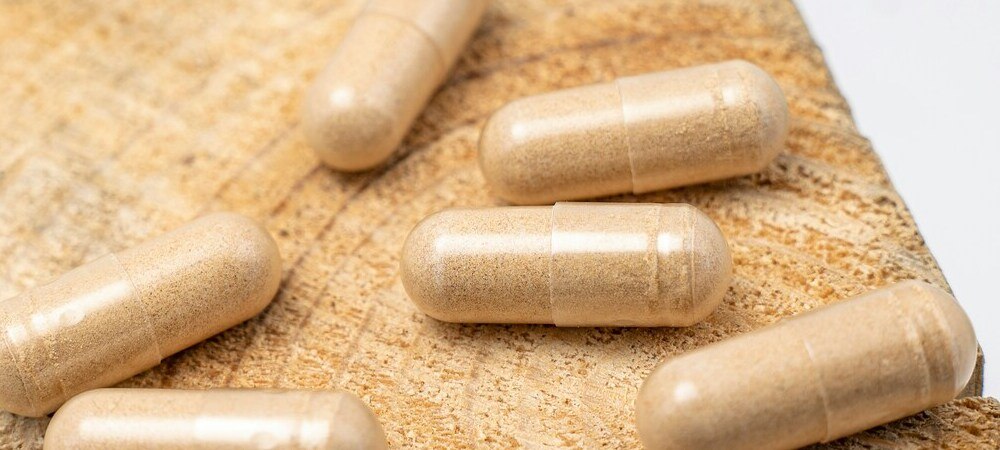Vegetable organisms need to develop a strong and abundant root system to reach their maximum potential. That is the reason why most of the roots make use of beneficial fungi; they help them to survive by providing bigger amounts of water and nutrients. In fact, they use mycorrhizae to achieve this, creating a symbiotic association with roots.
What are mycorrhizae?
The word mycorrhiza has a greek origin, mýkēs ‘fungus’ and rhiza ‘root’. It is a symbiotic association between specific fungi species and vascular plants; which means they have a structure mainly composed of roots, stems, leaves, and flowers. Indeed, most of our Planet’s flora has this type of plant, so more than 90% of plant life belongs to the planets with symbiotic relationships known as mycorrhizae.
Mycorrhizas’ role is essential for plants’ survival, as it hydrates them and offers nutrients, among others. In the same way, vegetables help fungi to stay alive as they supply the sugar, amino acids, and other substances that they need
Mycorrhizae’s benefits
- Propagates the roots, as it encourages their growth and increases their root branching. In this way, the extension they reach is much greater, and they can look for water and food over a wider area.
- Improves the soil structure and enriches it.
- Protects the plant against pathogenic fungi in the soil, as it is difficult for one fungus to attack another.
- Increases resistance to toxins and salinity present in the soil or environment.
- It increases plants’ resistance to periods of drought.
The mycorrhizal fungus also benefits from this relationship, which is why we call it a symbiotic association. The mycorrhizae take from the plant the carbohydrates, vitamins, and sugars they need.
Types of mycorrhizae
Depending on how the hyphae (tiny filaments from which the mycelium or body of the fungi are formed) relate to the plant’s roots cells, two types of mycorrhizae can be distinguished:
How to get beneficial fungi into the crop
The easiest method is through biological products manufactured exclusively for this purpose. Before using such products, it is necessary to create the right environment for them to take root. For this, the crop must be 100% organic. By adding fertilisers to the soil, you will facilitate their emergence or establishment.
On the other hand, it is counterproductive to use fertilisers along with mycorrhizae, as their non-organic composition will kill the fungi in contact with them. It should also be borne in mind that plowing, digging or similar work on the soil destroys the hyphae.
GB The Green Brand’s catalogue offers a wide range of products to add mycorrhizae to the crop. If you use it along with Trichoderma, which feeds on the fungi that are harmful to the soil, mycorrhizae will be destroyed.
Micorrizas Boom
This Boom Nutrients contains mycorrhizae as well as other organisms that will stimulate the microbial flora and plants’ health. With Micorrizas Boom you will get more nutrients and hydration and a healthy and vigorous growth too; becoming more resistant to stress and different weather conditions.
Funky Fungi
Funky Fungi by BAC are powders made of selected strains of mycorrhizal fungi. It is possible to ass them directly to the substrate or dissolved in the water to inoculate the spores. Thanks to a perfect symbiosis, an impressive root system development will be achieved. Moreover, a strong trunk and branches will allow the plant to develop large and appetising buds.
Great White Premium Mycorrhizae
It is one of the most complete complexes of beneficial fungi on the market. It consists of 14 species of mycorrhizal fungi, 2 types of trichoderma, and 16 species of other beneficial bacteria. With Great White Premium Mycorrhizae, plants will grow large and vigorous.
Piranha Liquid
Liquid Piranha root stimulatorcontains mycorrhizae and trichoderma, a very powerful combination to protect and nourish plants. The former fungi will enter into symbiosis from inside the roots, providing a wide variety of nutrients, water, and other beneficial substances; the latter will remain in the substrate, feeding on harmful fungi and decomposing substances so that the plant can assimilate them.













